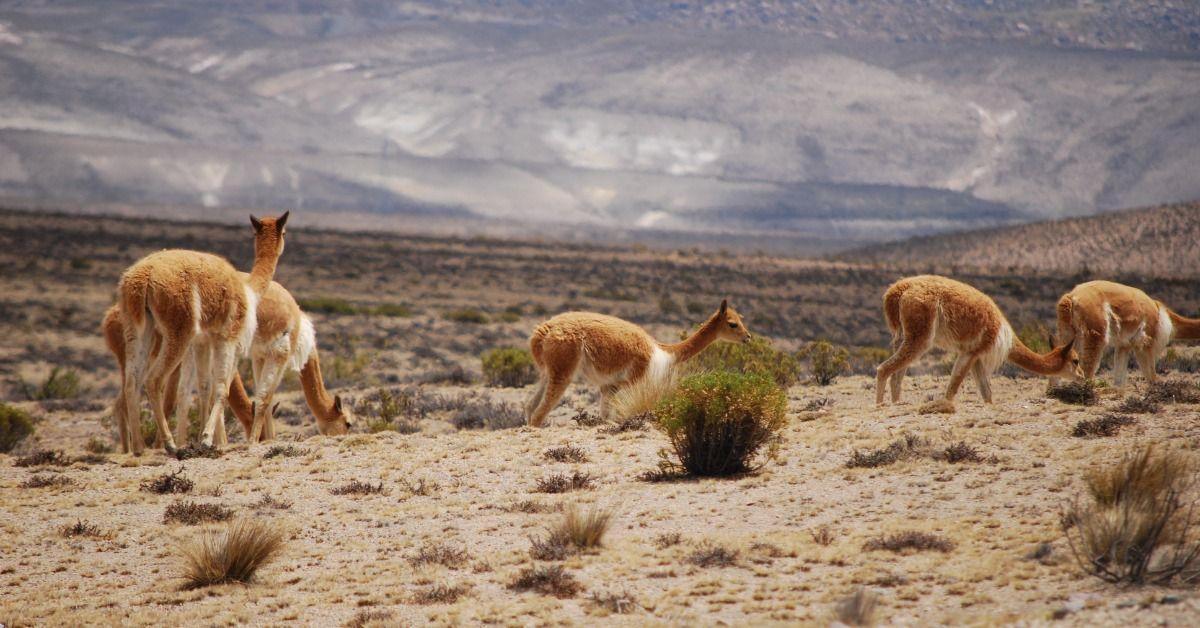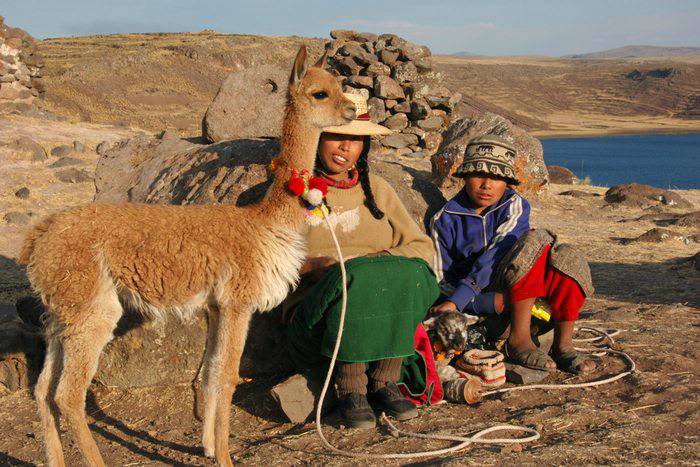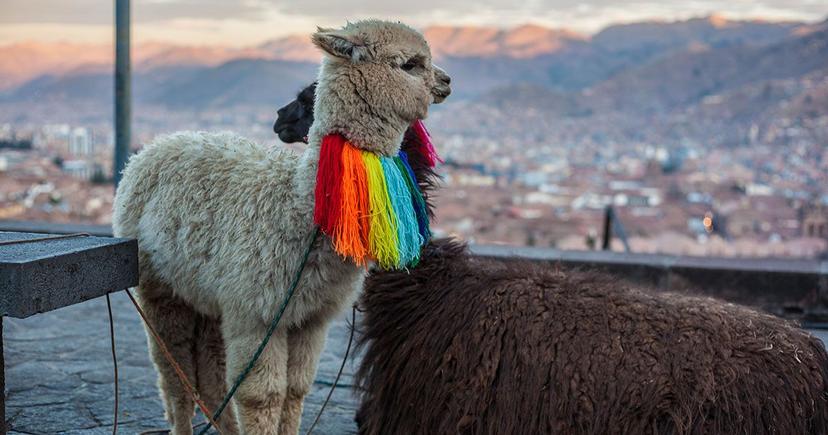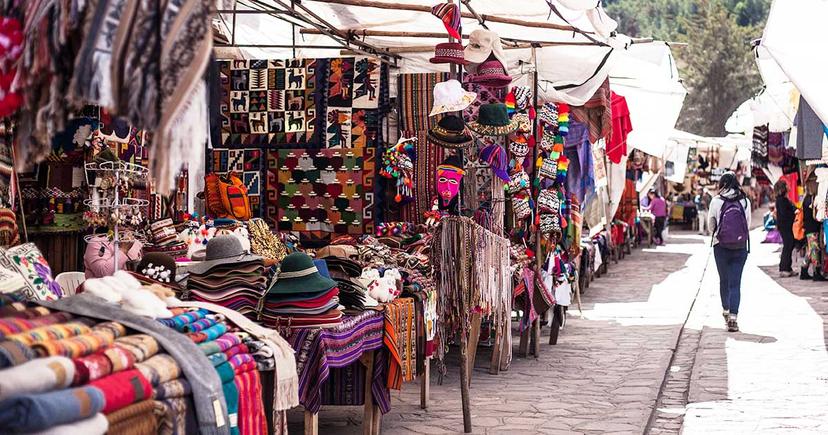
Most people have heard of the prized baby alpaca wool woven to make elegant scarves and warm sweaters. Still, probably less well-known is the luxurious wool of the vicuña, the smaller camelid cousin of the alpaca that roams wild exclusively in the Andes Mountains. The natural fibers of the vicuña are the rarest in the world due to the strict conservation restrictions on the shearing process. One yard of natural vicuña fabric sells for more than $1800!
According to Inca legend, the vicuña was thought to be the reincarnation of a lovely maiden who received a coat made of gold once she married an old, ugly king. Therefore it was prohibited for the people to kill vicuña or wear its fur, a privilege reserved for royalty. Since the time of the Inca, vicuña have unfortunately been victims of poaching, thus decreasing their numbers to near extinction in the 1970s. Thankfully, today, there are strict rules and national protection measures that have preserved the vicuña population in the central Andes between Peru, Bolivia, Chile, and Argentina.
Oddly enough, vicuña are not domesticated animals, mainly because they are master escape artists and exceptionally quick. They are shy, easily startled creatures that can run about 30 miles per hour, making them difficult to herd. Roaming freely in their natural habitat in the altiplanos of the Andes Mountains, vicuña have a high hemoglobin count and a large heart to survive in the high altitudes about 3,200 to 4,800 meters (about 10,498 to 15,748 feet) above sea level with little breathable air. It stands only about 1.5 meters tall (5 feet) and typically weighs less than 150 pounds. Vicuñas have an unusually fine and warm coat that protects them from the freezing nights of their natural habitat.
Arequipa Tours:
Vicuña wool is the finest and rarest natural fiber in the world. One strand of vicuña wool measures between 12 microns, which is 12 thousandths of a millimeter. That is about 7 microns finer than the best cashmere! But this isn’t the only reason apparel made from vicuña wool is so coveted and expensive. One vicuña will only produce about half a kilo (about 1.1 pounds) of wool a year , and the fibers are so fragile that they cannot be dyed or treated with any chemicals typically used in the textile industry.

Vicuñas are sacred animals to the people living in the central Andes region. Photo by Sylvain Bourdos/Flickr
During the Inca rule, the localities practiced the shearing ritual known as chaccu, which involved the herding of wild vicuña once every four years into stone corrals, a practice still performed in the present day in Peru . The governments have enacted further regulations in Peru, Bolivia, Argentina, and Chile, which limit the shearing of vicuña as well as require an official certification from the governments to prove its ethical production. The increased regulation aims to promote the sustainable production of the prized fibers for the economic welfare of local herders as well as protect the animal in its natural habitat. Governments have also established special wildlife reserves to protect further and monitor the vicuña.
While significant efforts have been made to protect the vicuña, poaching remains a serious concern. Conservationists hope that increased awareness of the ethical production of vicuña along with increased government regulation, will preserve the wild vicuña as well as the ancient traditions of the people of the Central Andes.
Peru for Less specializes in fully customizable trips . Plan your trip today!



Email: [email protected]
Sign up to receive our newsletter for great articles, stunning photos, and special deals.